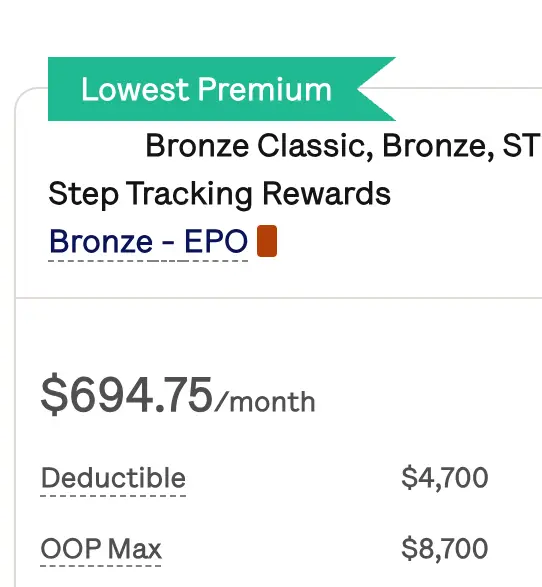How Much Does Life Insurance Cost in 2024?
Typically, a 10-year $250,000 life insurance policy, for a healthy 40-year-old individual, may cost anywhere between $15 to $17 per month. It is always a good idea to get policy quotes from multiple life insurance vendors to have a rough estimate of your per month premium cost. Policy rates are different for each individual as they are determined by various factors, including age, gender, medical conditions, income, and many more.
How Much Does Life Insurance Cost
The average monthly premium for a $500,000 20-year term life insurance policy for a 40-year-old individual, is $27 per month. Please refer to the table below to find more descriptive information for average life insurance costs in 2022.
Average Cost of Life Insurance in 5 major U.S. cities.
City, State | Men | Women | ||
|---|---|---|---|---|
Monthly | Annually | Monthly | Annually | |
New York, NY | $32.52 | $383.96 | $17.14 | $201.85 |
Boston, MA | $19.37 | $227.05 | $15.88 | $185.46 |
Washington, DC | $24.73 | $289.87 | $15.88 | $185.46 |
Los Angeles, CA | $19.22 | $226.12 | $16.27 | $191.43 |
Chicago, IL | $24.73 | $289.87 | $15.88 | $185.46 |
| Here are the average costs of the three lowest-priced life insurance policies worth $500,000 for a 20-year term life for a healthy non-smoking 30-year-old individual, in 5 major U.S. cities, categorized by gender (as provided by Quotacy). | ||||
What Type of Life Insurance Policies are Available?
There are over six different types of life insurance policies available to most individuals. Each of these policies offers different policy lengths, cash values, premiums, and coverage plans. All life insurance policies fall into one of two categories; term life insurance and whole life insurance.
Term Life Insurance
Such a policy is bought for a specific number of years with a fixed term life, typically between 10 to 30 years. This is often considered to be the simplest form of life insurance and is suitable for most people. It is also referred to as “pure life insurance” as it does not have an associated cash value. It is designed to pay the beneficiaries only when the primary policyholder dies during the term. Otherwise, the policy simply expires once the term life is fulfilled. Some life insurance policies that offer term-based options are as follows.
- Simplified issue life insurance
- Guaranteed issue life insurance
- Group life insurance
Whole Life Insurance
Such a policy is bought to last your entire life. It is often referred to as “permanent life insurance” as it does not have an expiration date. Whole life insurance policies typically offer a cash value component to which you have unlimited access. This means that a portion of the premium that you pay each month is allocated to a cash-value account, where this money compounds over time and is untaxed.
You are allowed to withdraw or borrow from this account as long as you are alive. Upon the death of the policyholder, a death benefit is paid to the beneficiaries. This amount is typically signed for on the policy contract at the time of purchase. Some life insurance policies that offer whole or permanent life options are as follows.
- Universal life insurance
- Variable life insurance
- Simplified issue life insurance
- Guaranteed issue life insurance
- Group life insurance

Get affordable doctor copay without paying insurance premiums
Join 39,000 people and get Mira, the best alternative to traditional insurance. Enroll and use immediately. Plans start at only $45/mo.
Girisha is a second-year graduate student at Columbia University, pursuing a Master's in Public Health. She is excited to combine her passion for Public Health and writing with the hopes of delivering quality health information, one article at a time!
